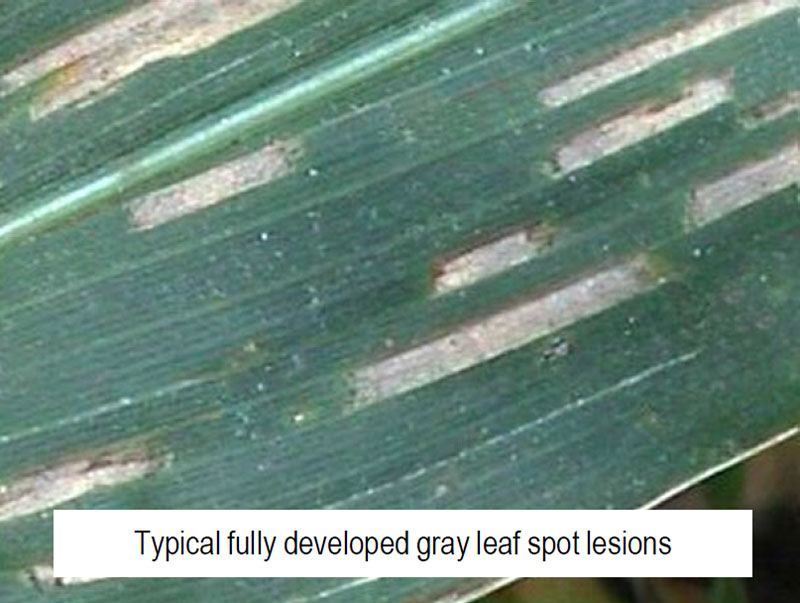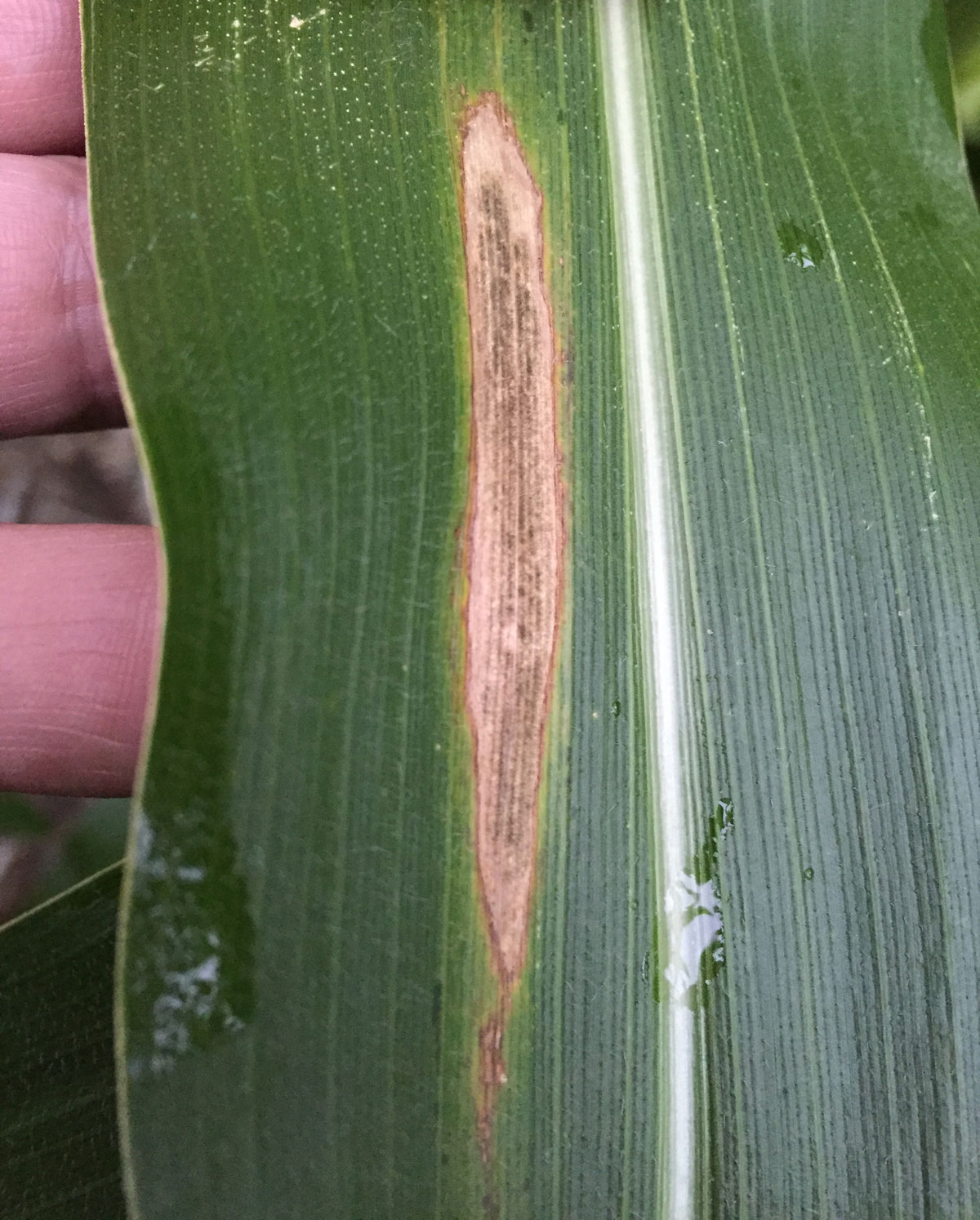As school moves closer and the summer continues to turn to fall, day to day activities are beginning to wind down at CaroVail. With the last of the corn being side-dressed and the last of the Pioneer returns sent back to Pennsylvania, things are beginning to slow down in terms of product application. With this being said, it is looking like there may be a second wave of potato leaf hopper coming in this neck of the woods, that could put some farmers in a bind. While many farmers have already treated their alfalfa for this neon green pest (pictured in previous post), I have seen many more popping up in the same alfalfa stands that were treated just one cutting ago. This raises concern amongst dairymen and women whom may have already sprayed most, if not all of their alfalfa crops earlier in the summer in defense against the leaf hopper. Growers are hopeful for a cold winter that will set back this pest, that has been unusually persistent this growing season.
There has been a fair amount of leaf disease in corn that I have scouted, as well. This growing season has been a perfect year for fungal diseases to thrive in corn, as a result of the wetness and humidity that has been around thus far. Two diseases that I have come across so far that seem to cause the most damage are gray leaf spot and northern corn leaf blight ( Both Pictured Below).

Gray Leaf Spot

Northern Corn Leaf Blight
Gray leaf spot is caused by a fungus called cercospora zeae-maydis and affects the leaves of a corn plant. This disease develops into gray rectangular lesions that can be up to four inches long with distinct, parallel edges. This disease can arise from leftover corn fodder, and is more likely to cause problems in fields where corn-corn rotation is prevalent and minimum tillage has taken place.
Northern corn leaf blight, as illustrated in the above photo, is sometimes challenging to tell apart from previously mentioned gray leaf spot. Northern corn leaf blight has similar colored lesions to gray leaf spot, but they have more of an ovular, canoe-like shape than those of leaf spot. This form of blight also overwinters in corn debris, and is caused by the Setosphaeria turcica fungus. Both of these diseases are treated with similar fungicides, and can be devastating to yield if not managed properly and timely.
On the bright side, the hot weather in the past two weeks has helped corn in the east a great deal, and though a long, drawn out harvest season is still in store, yields may be higher than previously anticipated. More to come soon from Empire Farm Days!
